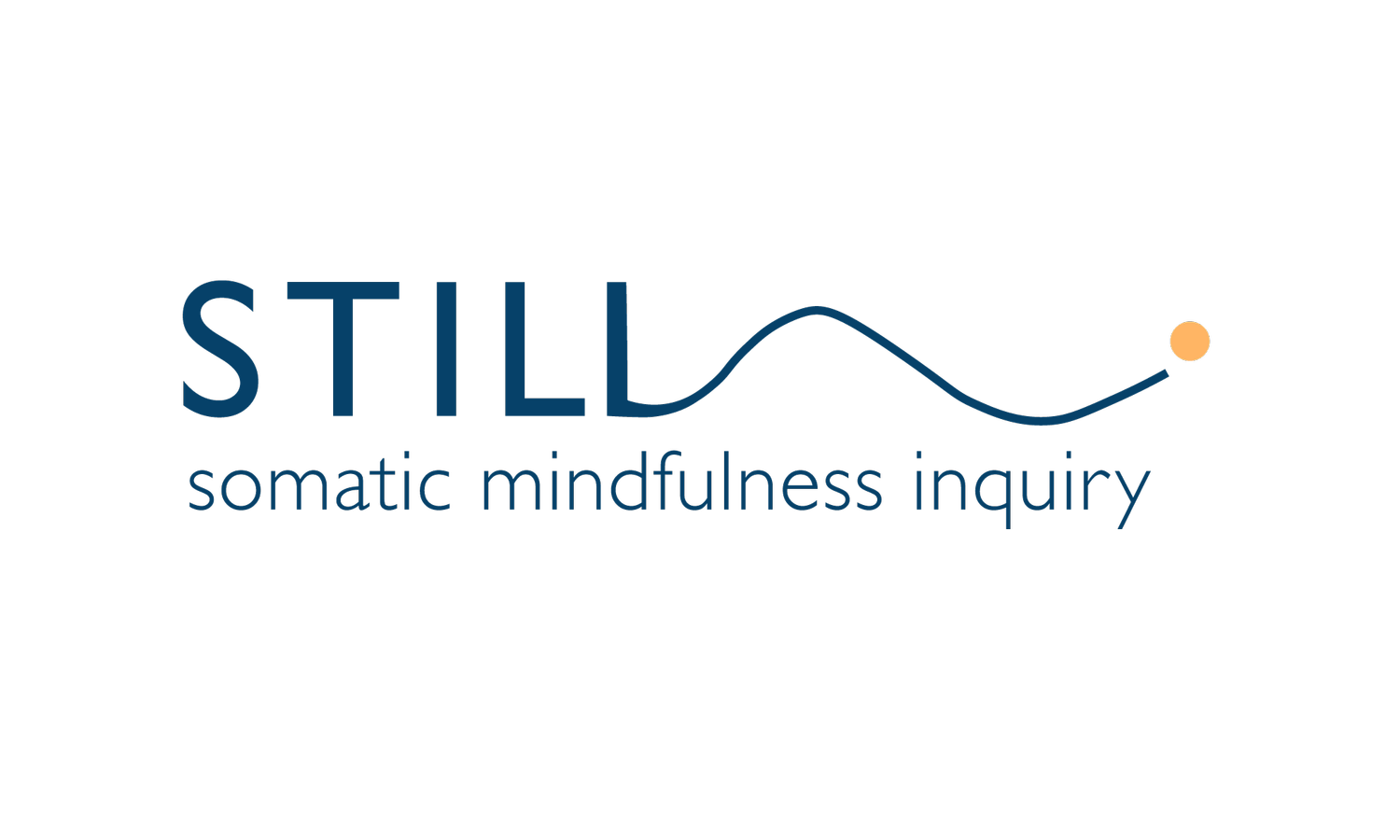Foundations of Secure Attachment
We are born with the need to be held, to be seen, and to be safe in the presence of those who care for us. When we have a secure base, we can explore, take risks, and bring our unique gifts into the world. We venture out with courage knowing there is a place of safety to return to.
For many of us, this was interrupted. Trauma, family dynamics, and culture shaped how we learned to adapt. Some of us became watchful, always scanning for danger. Others turned down the volume on feelings that did not seem welcome. These were intelligent adaptations to our environment, but they came at a cost. They left us with a sense of disconnection from ourselves and from others.
The good news is that secure attachment can be restored. Even if it was missing in our childhood, or if life circumstances pulled us away from it, we can return. The nervous system learns through experience. With patience, compassion, and supportive relationships, we can find our way back to safety and connection.
What Secure Attachment Feels Like
Secure attachment refers to more than physical needs like food or shelter, as important as those are. It is about the felt sense of safety in relationship. It is knowing that we matter and that who we are is welcome.
One of the simplest ways to communicate safety is through the voice. A warm, melodic tone helps calm the nervous system. A sharp or booming voice can activate the threat response. Becoming aware of how we speak, especially when emotions are high, allows us to choose a tone that invites connection instead of distance.
Eye contact plays a role. Looking at someone with genuine warmth, what Diane Poole Heller calls a “beam gleam,” sends the message: you are important to me. This small act nourishes bonds with loved ones and brings moments of kindness to everyday encounters.
Playfulness and laughter are vital too. They lighten the atmosphere and help repair small ruptures in relationship. In cultures that focus heavily on productivity, time for play is often overlooked, yet laughter and joy are essential for attachment to thrive.
Another aspect of secure attachment is being able to welcome the full range of human emotions. Many families have unspoken rules about which feelings are acceptable. Perhaps anger was not safe, or joy felt unwelcome, or sadness was not allowed. Many received the message that we were “too much”. When parts of our emotional life are pushed aside, we lose touch with wholeness. Learning to be present with all of our emotions, like grief, shame, joy, anger, and delight, restores balance and trust in ourselves.
Simple rituals matter, especially if we are consistent with them over time. Greeting a loved one with a full, regulating hug at the end of the day reminds both nervous systems of safety and belonging. Taking time for connection in the ordinary rhythms of life strengthens the bond of attachment.
Developing or Returning to Secure Attachment
Earned secure attachment is not a one-time achievement. It is a practice of returning, again and again, to safety and presence. Small steps make a difference. A softened voice. A moment of play. A look of warmth. A hug that lingers long enough for both people to feel settled.
You might pause for reflection:
When do I feel most safe and at ease?
How do I let others know they matter to me?
What small gestures of connection could I bring into my daily life?
We are meant to belong. We are meant to live in relationships that hold us with compassion and allow us to show up as we are. We can strengthen these foundations for secure attachment.
Join us! We meet Sundays 10AM Eastern to explore and play together. Details and link here.
